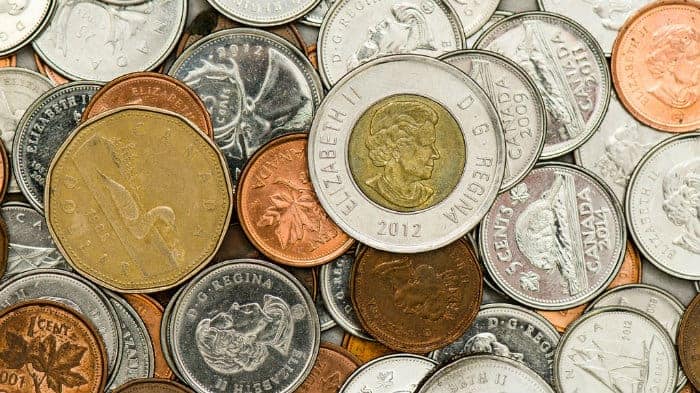Many people scoff when us stock market guys talk about rock-solid dividends. Sure, they argue, that dividend has been secure in the past, but that means nothing. A company could easily run into hard times and cut that dividend.
Perhaps that’s true, but let’s look at things the other way. Say you have a friend who is as dependable as it gets. Whenever she as promised something, she has delivered. She excels at everything she does. Sure, she might have a setback or two–who doesn’t?–but overall, you’d trust her with just about anything.
We’ve got no problem trusting people, yet we constantly worry about our stocks cutting their dividends. It doesn’t make much sense.
I continue to advocate a simple approach for anyone looking for a dependable stream of passive income. All they need to do is stuff their portfolios full of solid dividend payers with a history of raising the payout, and they’ll do fine. Here’s the case for making Boardwalk REIT (TSX:BEI.UN) one of those choices.
The epitome of quality
You’ve got to hand it to Boardwalk’s management team. When other REITs were going nuts with acquisitions, they sat on their hands. Management wanted to buy–there were plenty of opportunities–but the price was just too high.
Instead, the company paid back debt, spent to renovate units, and rewarded shareholders with a number of special dividends. It also bought back more than six million shares between 2007 and 2016.
Most of Boardwalk’s portfolio of more than 33,000 units is located in Alberta. Approximately 60% of units are in Alberta with 18% in Quebec, 14% in Saskatchewan, and 8% in Ontario.
The Alberta-centric portfolio was a big positive until the price of oil cratered. Then the wildfire threatening Fort McMurray cut into the bottom line. Occupancy recently dipped below 97%, and the company has seen average rent per unit drop from a peak of $1,200 to closer to $1,100 per month.
Investors also noticed the drop-off. They sent shares cratering from a high of $71 each back in 2014 to a low of $41. Management’s good work just wasn’t enough to compensate for Alberta’s economic weakness.
But because the company was smart during good times, it’s well prepared to survive when things get rough. It has a debt-to-assets ratio of approximately 40% compared to close to 50% for its peers. It’s also sitting on more than $163 million in cash and has a very reasonable payout ratio.
More dividends ahead
Boardwalk paid its first dividend on May 27, 2004. Investors received 10.3 cents per share. Not only has it never missed a payment, but it has also hiked the payout multiple times.
That’s a grand total of 149 consecutive dividends. Boardwalk has also paid three special dividends on top of its regular dividends. In total, it has returned $24.97 per share back to shareholders since it started paying distributions.
Many REITs have high payout ratios, giving almost every penny earned back to investors. Boardwalk doesn’t. It’s on pace to earn $3.06 per unit, but it should do a little better than that since the second quarter was marred by one-time events. I estimate funds from operations will be closer to $3.20 per unit.
Boardwalk currently pays investors a monthly distribution of $0.1875 per share, which works out to $2.25 annualized and a 4.7% yield. That gives it a payout ratio of approximately 70%, which is quite low in the REIT universe.
Earnings will likely recover in 2017. Not only should Alberta’s economy start to pick up with improving oil prices, but Boardwalk has acquired nearly 1,000 units across the province that should start adding to the bottom line.
Final thoughts
Boardwalk’s management team is top notch. Collectively, they own more than 25% of outstanding shares. They act like owners too, doing smart things like giving back to shareholders and taking smart risks.
Investors can count on Boardwalk continuing to pay generous dividends. It’s that simple.








